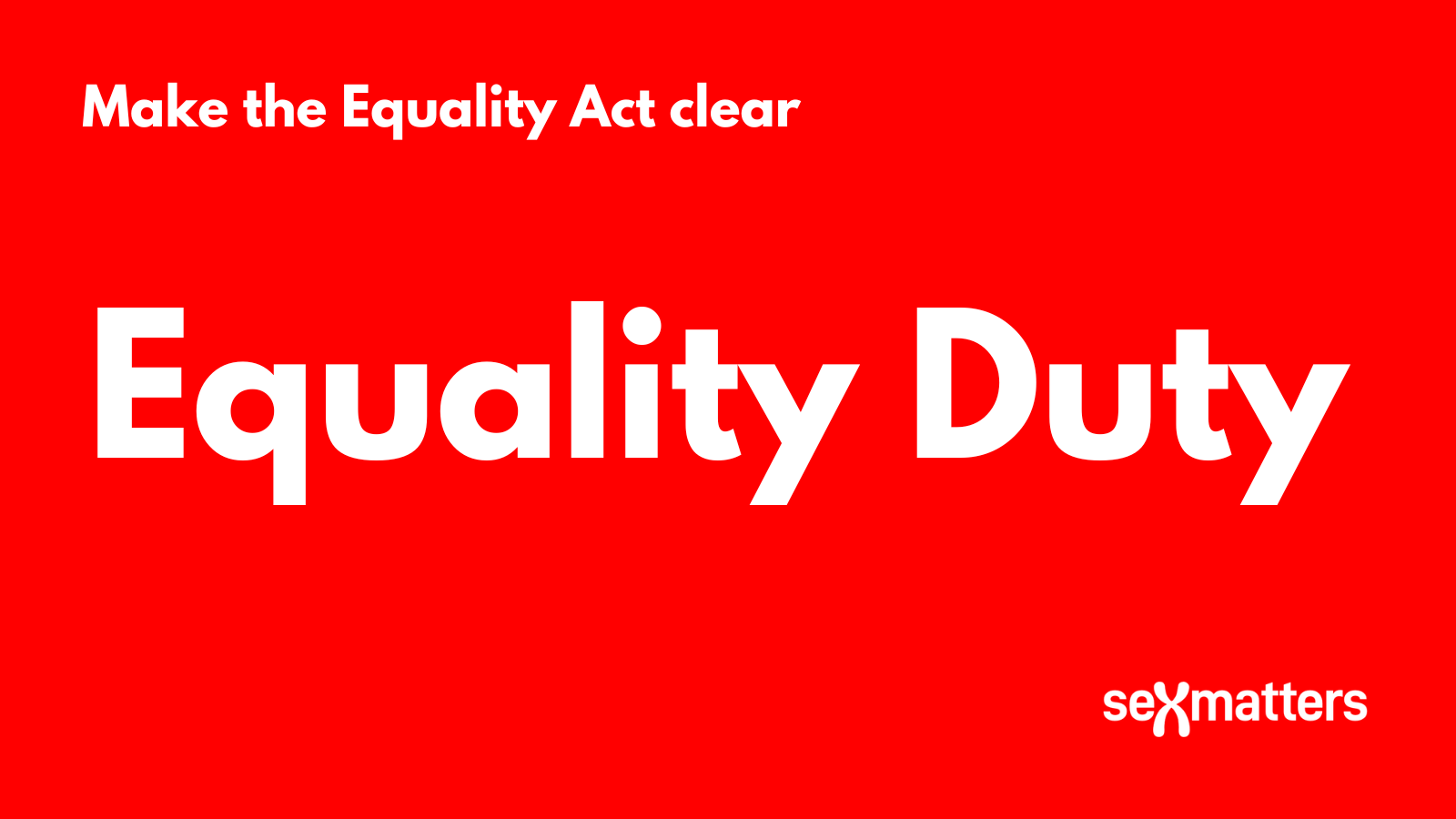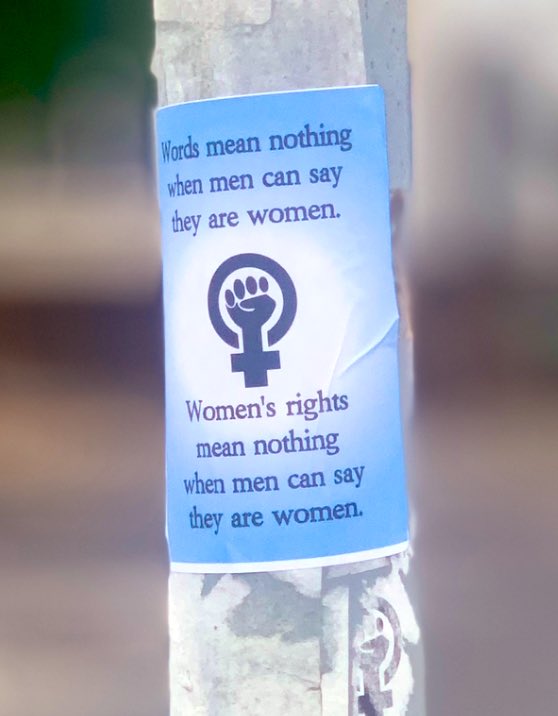How the public-sector equality duty was turned against women

This is the fourth in a series of blog posts in the run up to the debate on 12th June about clarifying the Equality Act.
One of the most important places where it matters that sex clearly means sex in the Equality Act is the public-sector equality duty.
This is a far-reaching requirement for public authorities to have “due regard” to the need to eliminate discrimination, harassment and victimisation, to advance equality of opportunity and to foster good relations between groups with different protected characteristics.
They are required to act to:
- remove or minimise disadvantages suffered by persons who share a relevant protected characteristic that are connected to that characteristic
- take steps to meet the needs of persons who share a relevant protected characteristic that are different from the needs of persons who do not share it
- encourage persons who share a relevant protected characteristic to participate in public life or in any other activity in which participation by such persons is disproportionately low.
It is clear that the Equality Act intended for women and men to be recognised as groups with different needs and interests. As Caroline Criado Perez has pointed out in her book Invisible Women, a world designed for men as the default disadvantages women.
If “woman” in the Equality Act includes some males (as in the idea that only “99.9% of women don’t have a penis”) then public bodies can never focus on the needs of women and girls.

Worse than that, replacing women as a sex with the idea of self-identified gender has the perverse effect of leading organisations to turn their diversity and equality function viciously against people who speak up about women’s concerns.
If there is no recognition that women suffer from disadvantage because of the shared characteristic of being female, the machinery of the public-sector equality duty turns inside-out to crush any action (or even speech) that addresses women as a group. It attacks precisely the provisions that are meant to support women at their most vulnerable.
In any sensible world it would be possible to say that “transwomen” – or trans-identified males, transsexuals or however you wish to term them – are a small minority of men who may have particular needs and vulnerabilities.
But they are a different group from women.
Because of the corruption of the public-sector equality duty, people who try to speak about women and transwomen as different groups are reported for wrongthink and sent for retraining. Female-only associations and services are delegitimised: denied funding, venues, training and recognition unless they welcome men who identify as women with open arms. People who champion women-only organisations or work for them fear for their careers. Policies to protect women and girls are not written down, but instead are operated ambiguously and surreptitiously, going underground and creating situations that put people at risk.
We have seen many examples of this.
- If women self-exclude from swimming because they fear sharing the showers with men who identify as women, those women are seen by UK Active as being needing to be re-educated. “Some women have a penis: get over it” as Stonewall would say.
- A man who identifies as a woman runs the Edinburgh Rape Crisis Centre, and women who want female-only counselling are told: “reframe your trauma”.
- While British Cycling has established that “woman” means “female” in all competitive cycling, it has kept its “Breeze” rides inclusive of males who identify as trans or non-binary. Breeze is a programme of volunteer-led “women-only” rides designed to encourage women to cycle more. But a woman may arrive at a meeting point to find that she is expected to ride off into isolated countryside with a man she has never met before.
Programmes that women campaigned, volunteered and fundraised for are being repurposed as services to affirm the gender identity of gender-dysphoric males. This was never the intention of the Equality Act.
All of these policies and decisions could be challenged if it was made clear that women are a group that share a protected characteristic defined by their sex.
